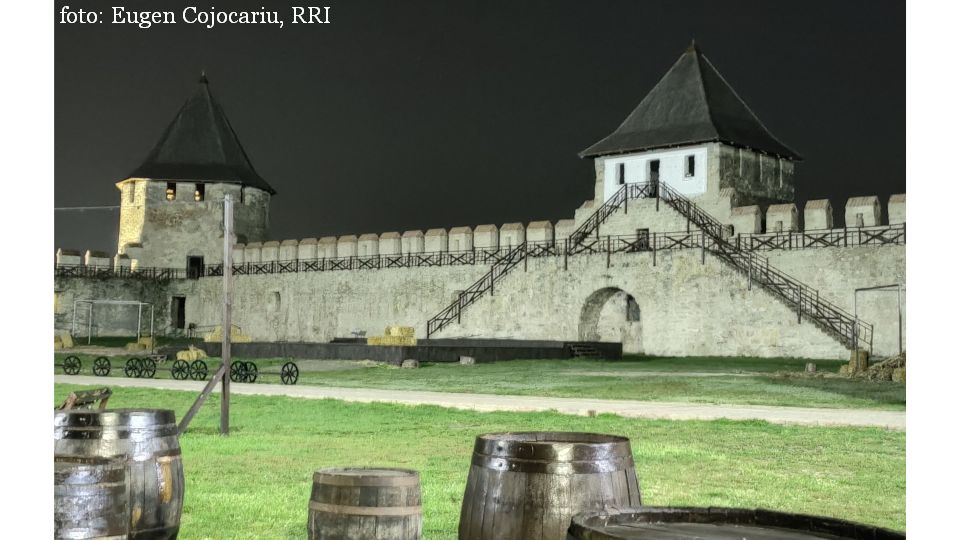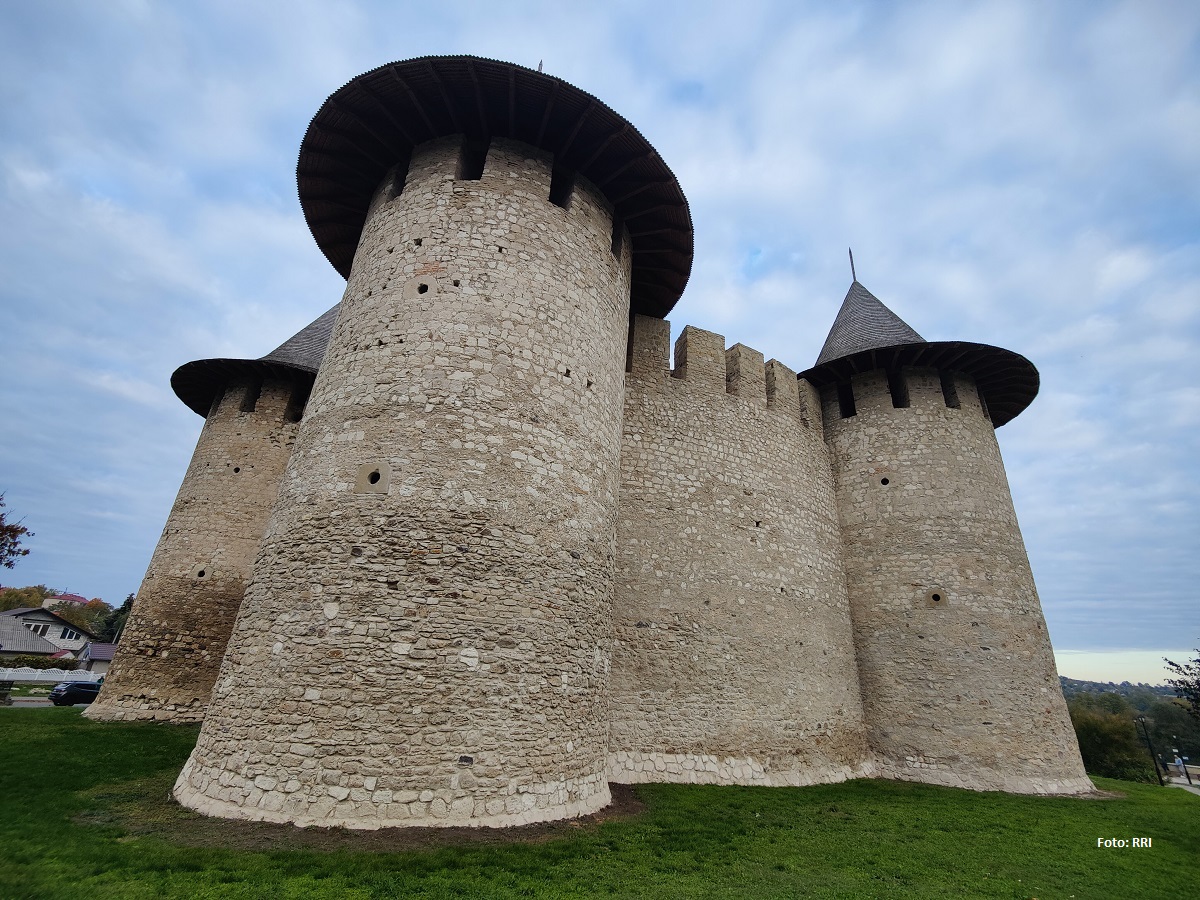Cismigiu Gardens
Cismigiu Park is the oldest and, according to some, the most elegant public garden in the capital city

Christine Leșcu, 12.05.2018, 14:31
Cismigiu Park, the oldest and, according to some, the most elegant
public garden in the capital city, lies over 16 ha in the center of town. It is
close to Dambovita River, Bucharest City Hall, the School of Law, and Gh. Lazar
High School, one of the most famous in the country. However, it hasn’t always
been the oasis of elegance of relaxation of today. Where the park now stands
there was a foul pool of water, much larger than the lake of today. When the
river Dambovita overran its shores, the pool’s level rose. On October 10, 1779,
ruler Alexandru Ipsilanti ordered two wells to be dug in Bucharest to supply
clean water to the inhabitants. The first of the wells was dug on the place where
the garden is now. Water pumps are called ‘cismea’ in Romanian, and the manager
of the garden was called the Grand ‘Cismigiu’, giving the future park its name.
The pool was drained much later, though, in the second half of the 19th
century, as we were told by landscaper Alexandru Maxi:
Several projects were
proposed for draining the Cismigiu pool, as early as the beginning of the 19th
century. They came to fruition as late as 1843. Around 1843 or 1845, date
uncertain, the garden was designed by a landscaper brought from abroad, called
Carl Friedrich Wilhelm Meyer. He is the same landscaper who designed Kiseleff
Gardens. After Meyer, there have been a number of adjustments to the design,
with the most drastic occurring in early 20th century. That is when
the axis was redrawn in the shape we see today, the Roman Circle was set up,
later called the Writers Circle, alongside the Ruined Citadel at the tip of the
axis, the rose garden, the Flower Alley, and the Japanese Garden.
After Meyer’s death in 1852, Cismigiu’s design was commissioned to
other architects and landscapers, mostly foreign, who changed it to suit the
era, as well as the changing size of the park. Here is Alexandru Mexi once
again:
When Meyer started managing
the park, it extended far towards Dambovita River. Queen Elisabeth Boulevard
was drawn up in late 19th century. In late 19th and early
20th century, the park was expanded to the west, where we now have
Schitu Magureanu Boulevard. In mid-20th century, the park expanded
north, taking over the Kretzulescu Palace garden. Only a few elements are
preserved from Meyer’s time, such as the plane trees. The central area of the
park has a number of very large plane trees. Close to City Hall we have an ash
tree dating back to that era, which, unfortunately, does not fare very well.
Meanwhile, Cismigiu itself has become a monument, home to works of
art and a special flora. Among the best known features are the two small
concrete bridges, the so-called Grand Bridge and the bridge sided with
decorations in the shape of twigs, fashioned out of concrete. They span the
artificial lake in the middle of the park. Alexandru Mexi told us about other
attractions in the park:
I would also mention the
Sissi Stefanidi spring, the brass band pavilion, formerly the Mineral Water
Pavilion, and the Monument of the French Hero. There are several statues in
Cismigiu, and most of them are part of the national patrimony, listed as
historical monuments. There are 20 such objectives, mostly statues, brought to
Cismigiu in various eras. This park is on the A-list of historical monuments,
being in itself a national, even international monument. This ensemble includes
other A-list art monuments. In terms of vegetation, in addition to several
centuries old trees, such as the plane trees, we have a number of exotic trees,
but also trees that Bucharest City Hall has put on the protected list, such as
a number of old chestnut trees.
Cismigiu Park, in accordance with its status as a heritage site,
cannot be modified unless it passes a review of a special committee.






























